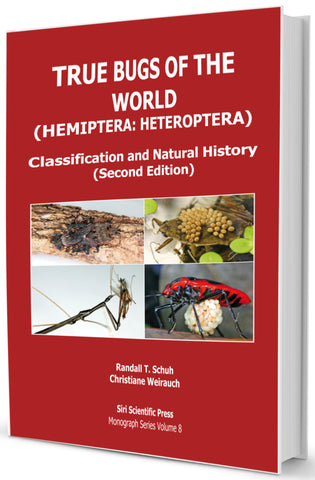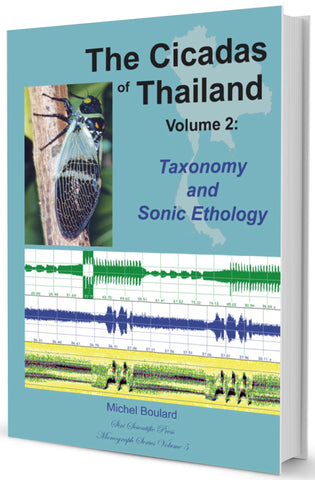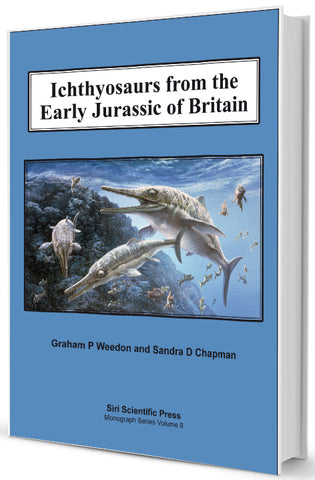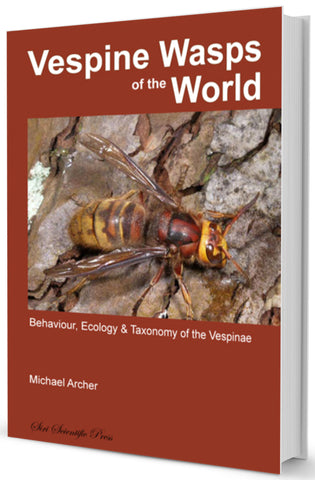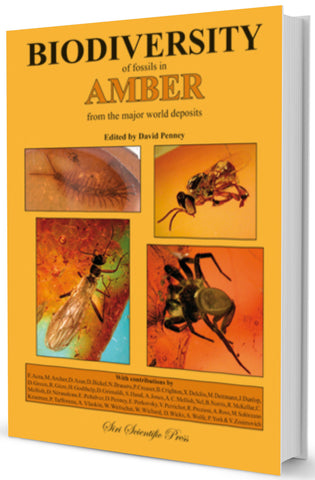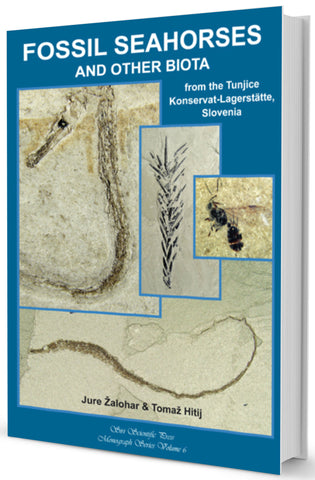
Fossil Seahorses & Other Biota from the Tunjice Konservat-Lagerstätte, Slovenia
by Jure Žalohar and Tomaž Hitij
Siri Scientific Press (2014) 978-0-9574530-4-3 (MONOGRAPH SERIES VOLUME 6) RRP £69.99
176 pp, 240 x 165 mm, hard cover, 47 illustrations, 173 colour photographs
IN STOCK - Ships Within 24 Hours
Reviews
Fossil News (2016, volume 17.1, 47-48, concluding paragraphs): Between 2007 and 2009, systematic excavations were carried out in the Tunjice Hills, and fossils of the oldest seahorses and pygmy pipehorses in the world were brought to light. The discovery became a sensation in the worldwide scientific community, and the Tunjice fauna was acknowledged as one of the most sensational palaeontological finds of the century.
These new species were duly entered on the list of the 100 most extraordinary new species no the planet. Zalohar and Hitij’s book describes these discoveries, which led to the classification of the Tunjice Hills as a Konservat-Lagerstatte of worldwide importance.
Fossil Seahorses, written by two scientists, is richly illustrated and describes each discovery from the Tunjice Hills site, even the most insignificant, in great detail. It is an enthusiastic account of the exploration of a fossil deposit that amazed even its authors. For anyone interested in knowing more about one of the world’s most fascinating fossils, Fossil Seahorses is an excellent choice.
PaleoNature.org (2014, in Italian): The book is richly illustrated, written by two scholars who discuss all discoveries from the site in detail. Fossil seahorses is a passionate account of a site that has surprised even the authors. If you want to learn more about seahorse ancestors and some of the worlds most fascinating fossils then this is surely the book for you. Good reading!
Priscum 2015 (Newsl. of the Paleont. Soc.): Throughout the book there are a plethora of well thought-out diagrams and high-definition pictures of fossils and their associated locales that make understanding the Tunjice Hills easy. I cannot recommend the first chapter ("Seahorses as a form of life") enough. It is one of the most interesting pieces of writing I have ever seen in any academic book, not just a paleontological one; it’s a little out-there at times, but stick around for the last paragraph — that’s where it all comes together. ... Despite their placement on the title, the seahorses take up less than 20 percent of the book’s pages, but those pages have, potentially, the greatest amount of fossil seahorse you may ever see! I was amazed by the number of specimens that come out of the Tunjice Hills, given that seahorses do not generally preserve well. Additionally, these are the oldest seahorses in the fossil record and have illuminated the process by which they separated from the pipe fish (their closest ancestor). This book is the result of 20 years of work by the authors and others on the fossils of the Tunjice Hill region, and it shows. Overall, the book is well illustrated, informative, and delivered in an easy-to-read prose; a great addition to any paleontological book collection.
From the back coverThe exceptional fossils that can be found in the Oligocene and Miocene beds of the Tunjice Hills in the central part of Slovenia have been well known for more than 150 years. Beautifully preserved coral reefs, nodules with decapod crabs, cones of coniferous trees, nautilids, remains of large Miocene mammals, silicified wood of palm trees and immense numbers of various marine gastropods and bivalves were previously considered the most significant treasures from this area. In the last decades, however, an exceptional fossil site was discovered and explored in the beds of the Coprolitic Horizon, which is of Middle Miocene age. Here, the oldest fossil record of seahorses and the first known fossil record of pygmy pipehorses and ribboned pipehorses have been discovered. In the short time since their first scientific description these fossil seahorses and pygmy pipehorses have achieved worldwide recognition as some of the most important palaeontological discoveries in the last century. They have been included in the list of ‘100 of our planet’s most amazing new species’ as determined by the International Institute for Species Exploration. These remarkable fossils are what this book is about. The authors provide a richly illustrated overview of the geological and palaeontological research of the Tunjice Hills, which led to the discovery and documentation of this intriguing site. Given the significance and exceptional quality of this unique fossilized palaeobiota, the Tunjice Hills ranks as a Konservat-Lagerstätte of significant global importance.
We Also Recommend

